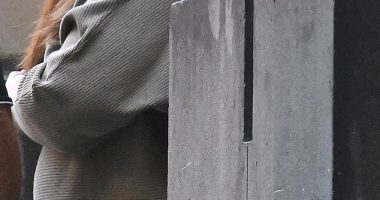
Day of the Dead’s origins go back about 3,000 years to the ancient cultures of the Mesoamericans who saw death as a cyclical part of life and created rituals to help those who had passed on in their journey through the afterlife. Today, the traditions have evolved and those who celebrate Dia de los Muertos often paint their faces with skull imagery. One of the most recognizable figures people dress up as is “La Calavera Catrina,” a skeleton dressed in fancy clothing. Per History, an artist named José Guadalupe Posada created “La Catrina” in 1910 and published a pamphlet of the same name in 1911. Within the pamphlet, Posada wrote, “Those garbanceras who today are coated with makeup will end up as deformed skulls.” Though Posada was probably referencing the impending Mexican Revolution, it is also a fitting message for Dia de los Muertos — no matter how we live, we will all die in the end.
Read Related Also: ‘Your words are very chilling’: Judge hands down max sentence to cop killer who posted about getting ‘pigs’ blood on his boots’
A typical Dia de los Muertos celebration involves bringing food and drink to the grave of a loved one to celebrate their memory. Aside from going to visit their grave, people celebrate their deceased loved ones by creating altars with photos and trinkets. Also known as ofrendas, these altars act as a welcome call to the dead so they can join in the festivities. The held belief is that the dead can inflict either prosperity or misfortune on their loved ones. The more effort that is put into celebrating the dead, the more likely they are to bestow the former rather than the latter.









